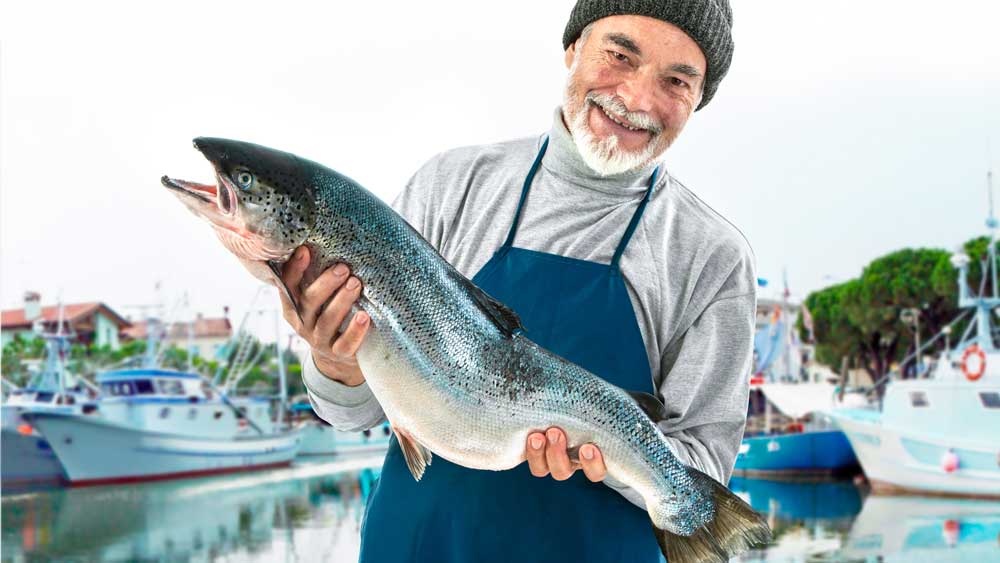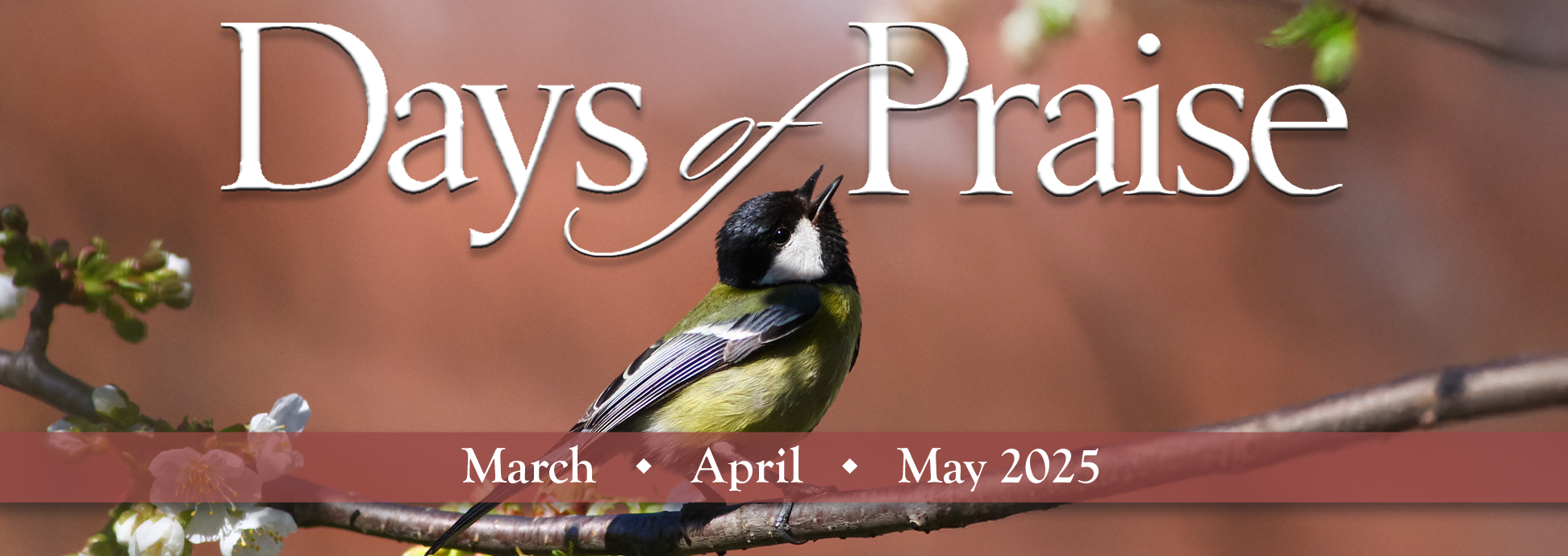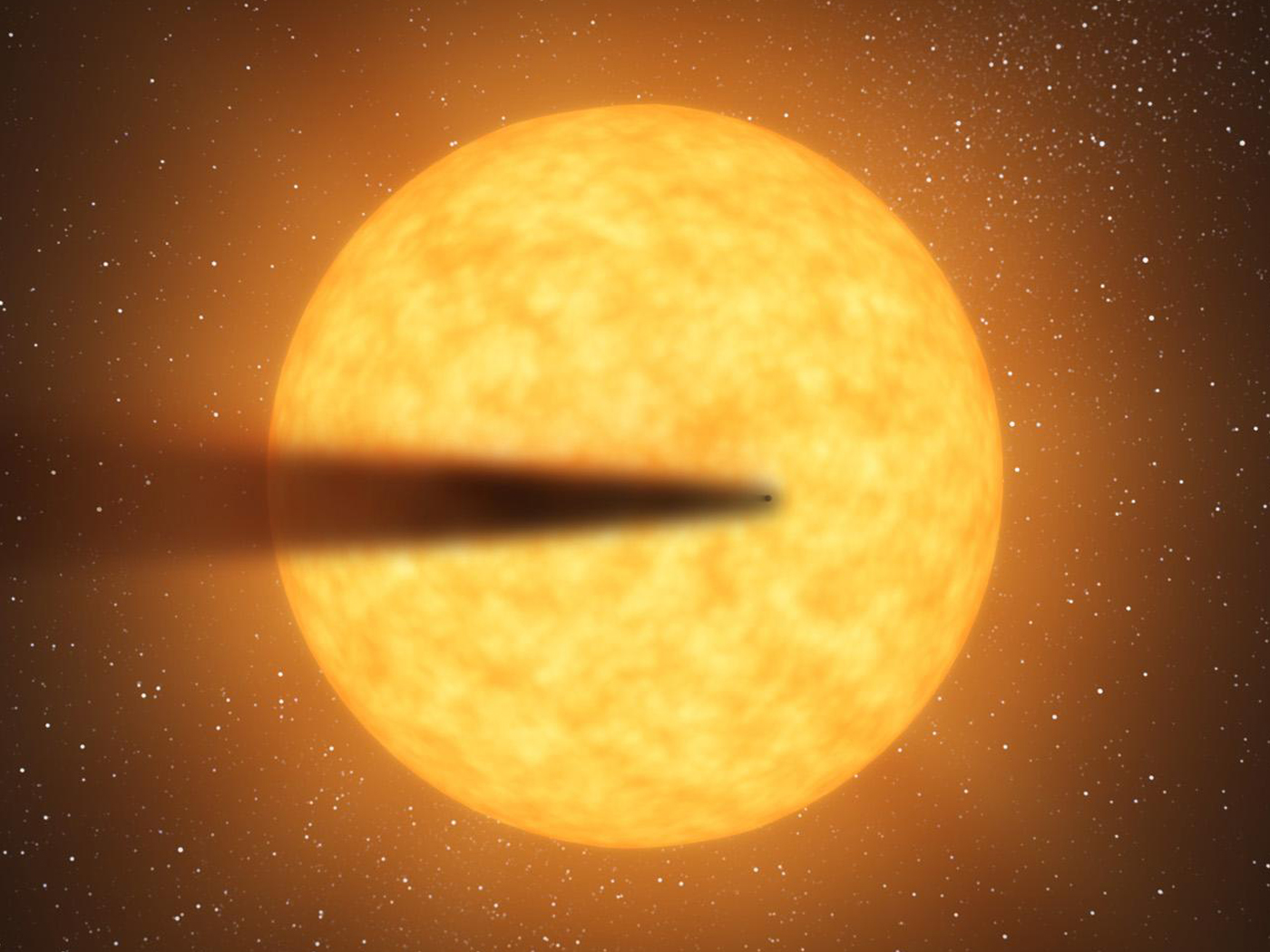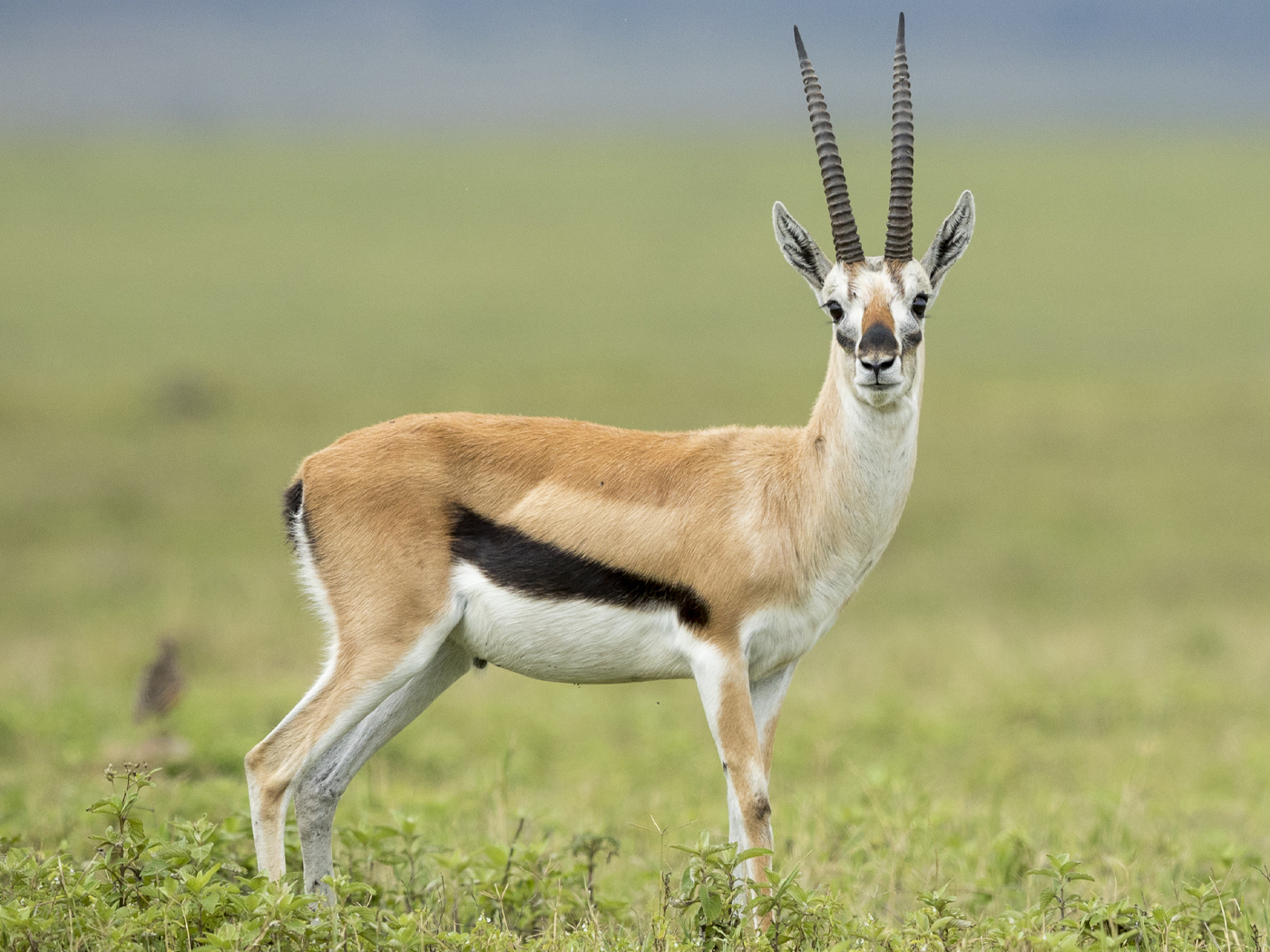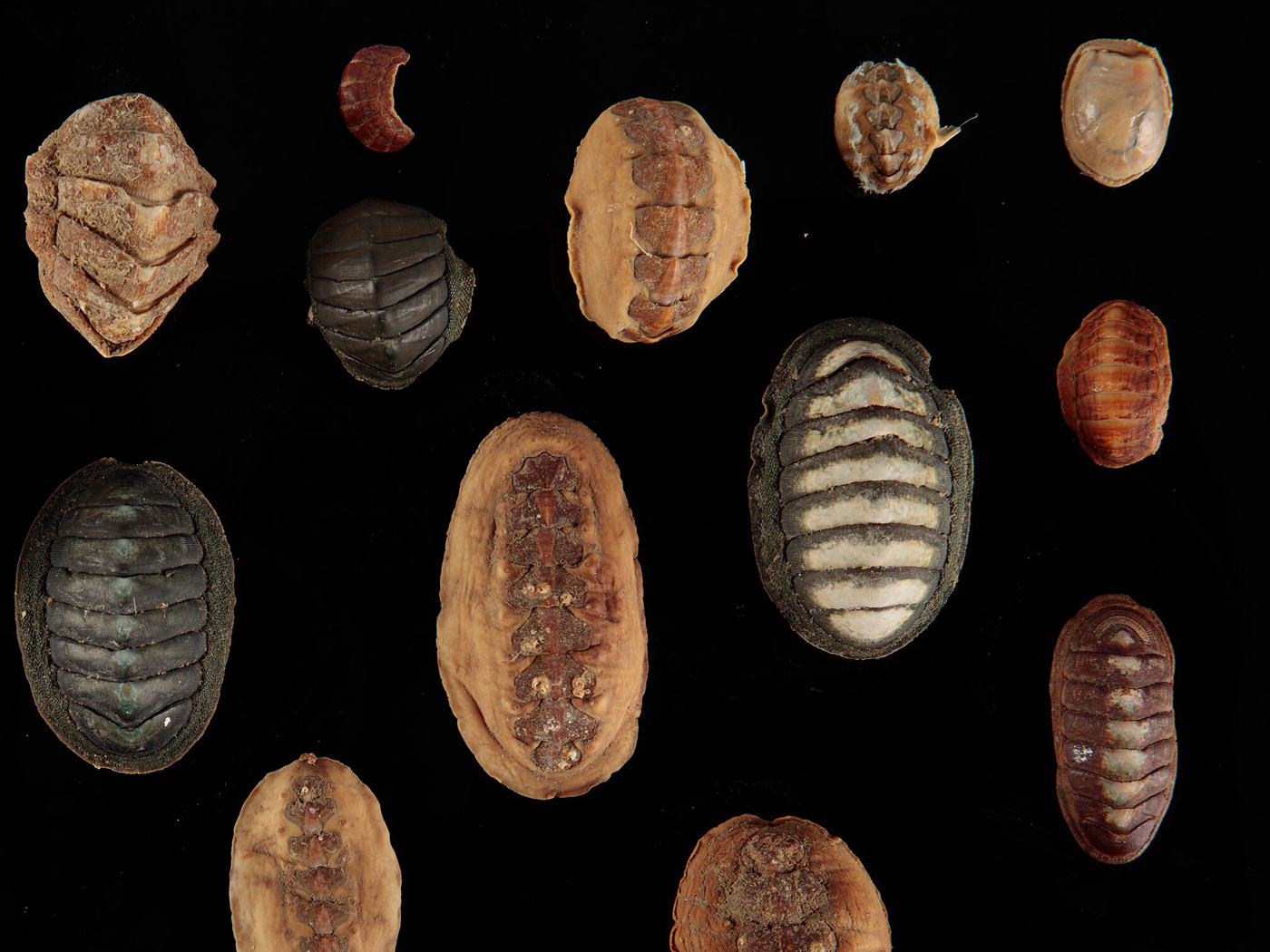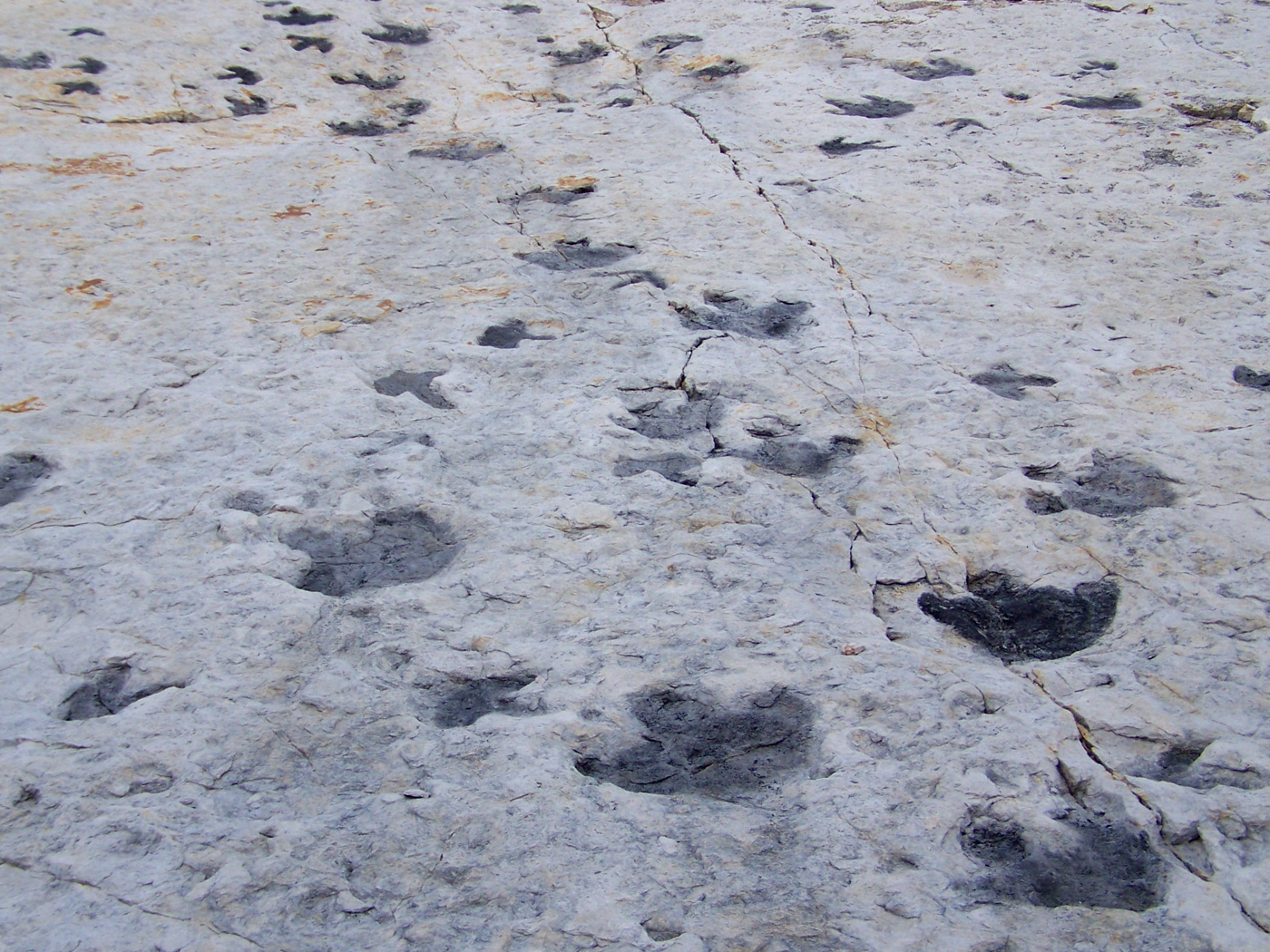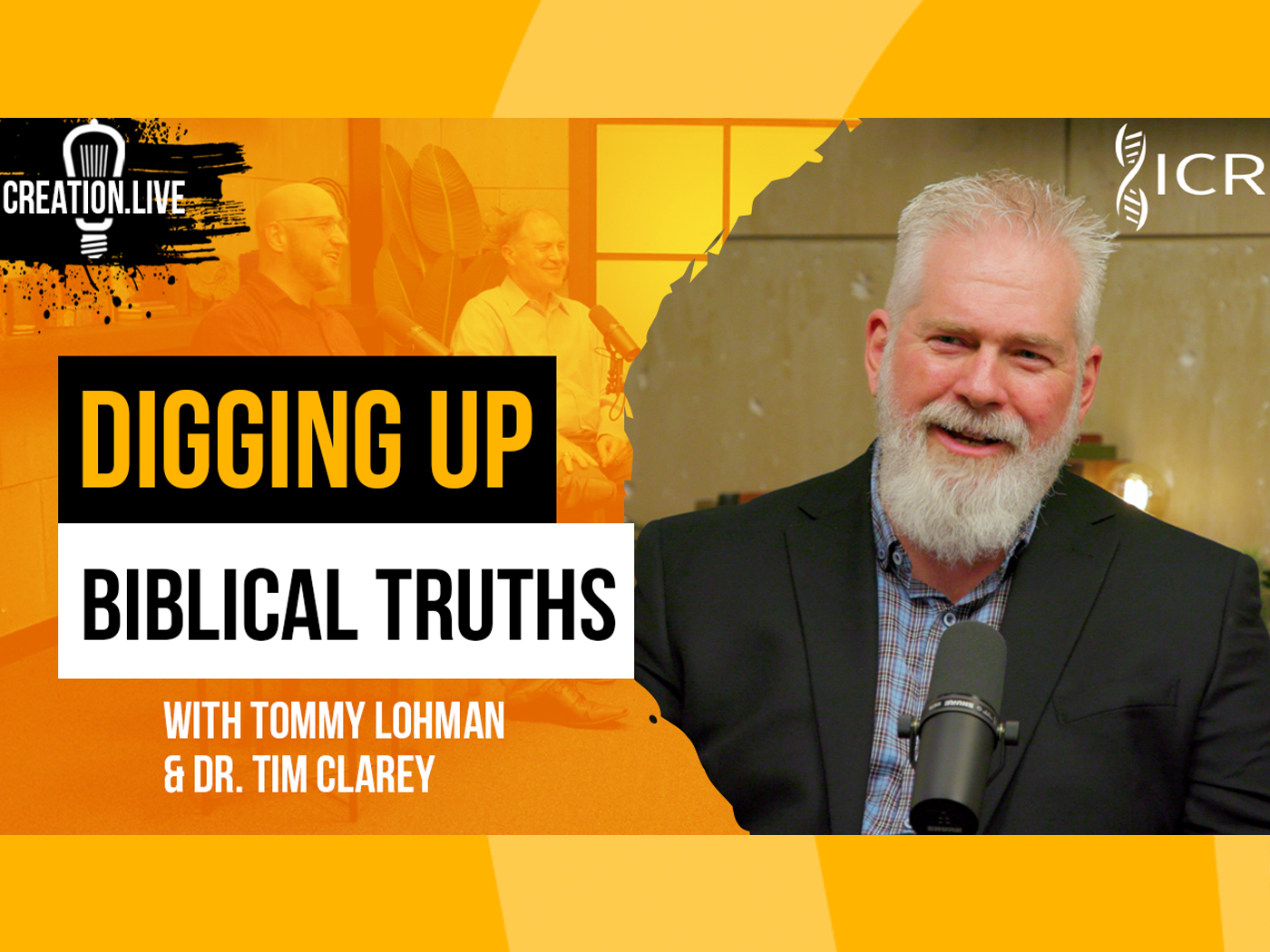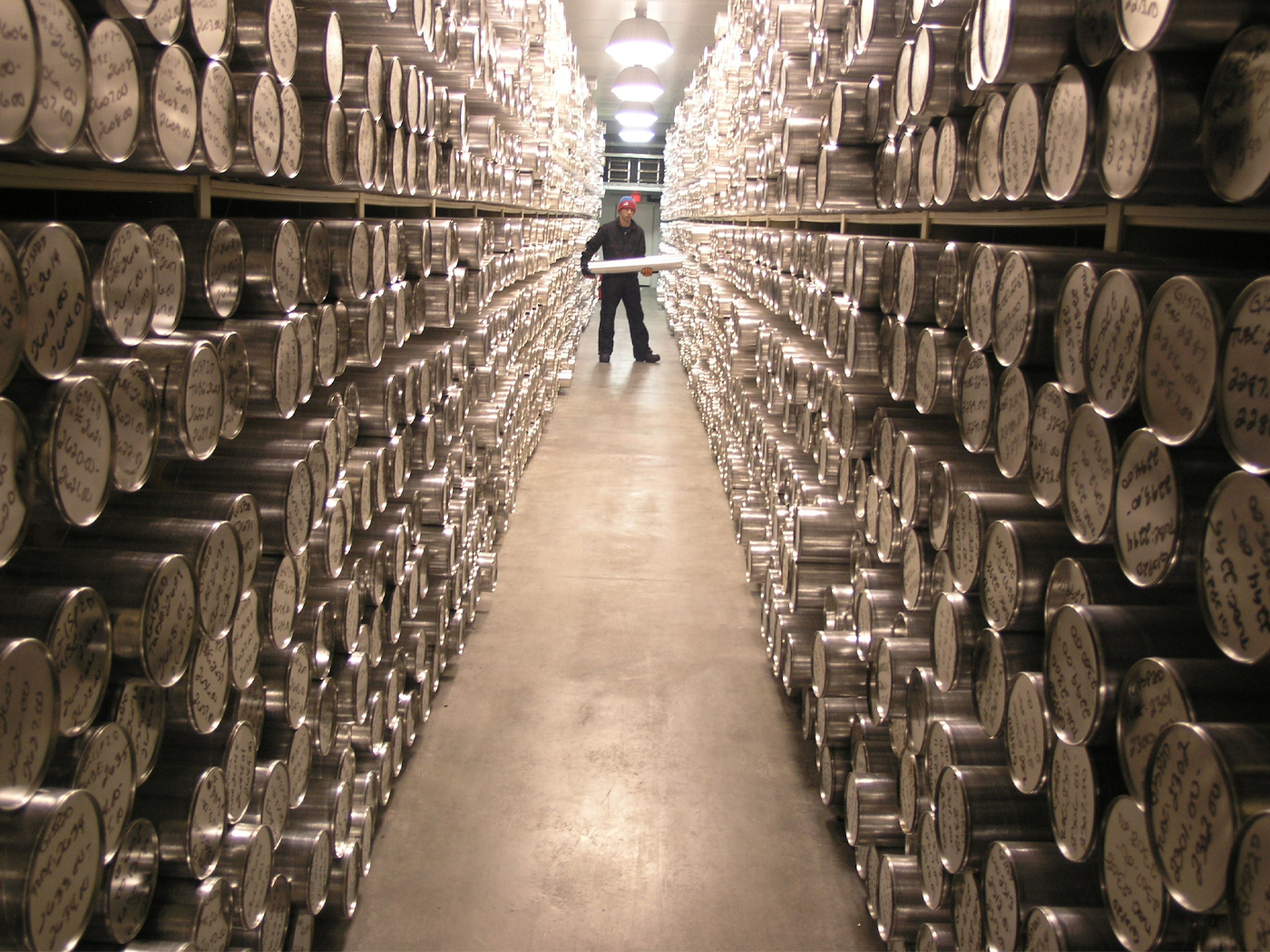Smolt that have been kept in brackish [slightly salty] water for two weeks in their hatcheries before being transferred to marine nets pens are less susceptible to skin ulcers caused by Tenacibaculum. So concludes new research organised by [Norwegian aquaculture giant] Cermaq R&D and the University of Bergen (UiB), which tested various smolt production strategies in relation to Tenacibaculum susceptibility.1
In the wild, young salmon (called “smolt”) travel downstream to brackish estuarial waters where freshwater streams mix with tidal saltwaters. Living in the brackish (slightly saline) waters for a while, the smolt acclimate to the salinity changes, then head out to sea where the salinity is at ocean strength.3
However, in the aquaculture industry, this transitional acclimation phase has not been mimicked, so the farmed fish have been dumped from freshwater tanks into marine netpens, thus being deprived of the advantages that God programmed into the transitional brackish waters phase.4
Ensuring smolt adapt successfully after transfer to marine sites is notoriously difficult, but Virginia Iglesias of the Fish Vet Group offers some valuable insights into failed smolt syndrome and how to minimise it. The failure to adapt between freshwater (hypo-osmotic medium) and seawater conditions (hyper-osmotic medium) and return to normal feed, due to either inadequate fish development or alteration of osmoregulatory capacity in smolts, constitutes one of the main causes of losses in farmed Atlantic Salmon (Salmo salar). The potential causes of this syndrome are complex and not yet fully understood, with no simple recommendations on how to address the problem.4
In past studies, the disadvantages of skipping this key ecological stage in the salmon’s natural life cycle had been noticed as causing osmoregulatory problems.
Several factors can lead to failure in the osmoregulatory process—both directly after transfer to seawater and in the period just after the populations have been transferred to a new environment. The time of transfer appears to be a major determinant, with salmon smolts transferred to sea either prematurely (before the beginning of the physiological transfer window) or too late (while exceeding their window) commonly presenting reduced osmoregulatory ability in saltwater.4
Tenacibaculum infection ulcers are particularly prevalent in salmon living in colder ocean waters, such as the coastwaters of Bergen in northern Norway.2 Recent Nofima aquaculture research in Bergen revealed that farmed salmons’ immune defenses are extra vulnerable to Tenacibaculum infection ulcers if they are deprived of time in brackish waters.
Normally, post-smolt are transferred directly from fresh water to seawater shortly after smoltification. Other strategies include keeping the fish in fresh water for longer periods, or adding saltwater before transferring them to the sea. … [The Nofima-Cermaq research team] took samples of smolt before and after infection. This was done to investigate what happens in the skin when fish are infected. The trials were carried out at the Industrial and Aquatic Laboratory (ILAB) in Bergen. After the fish were smoltified, post-smolt weighing 70 grams, 100 grams and 150 grams—in both fresh water and in brackish water (26 parts per thousand of salt)—were transferred to seawater and infected with the Tenacibaculum bacterium.1
The University of Bergen research team analyzed the salmon tissues to determine how Tenacibaculum infection occurred.
The team, which was led by UiB researcher Marte Fredriksen, used various histological tools to investigate where in the tissue the bacterium was located. … The study showed that the skin of salmon farmed in freshwater developed differently compared to the fish reared in brackish water.1
The surface of the skin of the freshwater salmon was also weaker than the skin of the brackish water salmon when transferred to seawater, explains Christian Karlsen, an aquamedicine scientist at Nofima and Fredriksen’s supervisor: “The most obvious effect was more damage to the epidermis of the freshwater fish, which worsened when the fish became infected. By putting this in context with the trial’s mortality rates, we believe that the transition to full-strength seawater is a greater strain on freshwater fish than on brackish water fish. This suggests that the fish can be acclimatised to seawater by keeping them in brackish water before transferring to seawater, therefore reducing the risk of tenacibaculosis.”2
The surface of the skin of the freshwater salmon was also weaker than the skin of the brackish water salmon when transferred to seawater, explains Christian Karlsen, an aquamedicine scientist at Nofima and Fredriksen’s supervisor: “The most obvious effect was more damage to the epidermis of the freshwater fish, which worsened when the fish became infected. By putting this in context with the trial’s mortality rates, we believe that the transition to full-strength seawater is a greater strain on freshwater fish than on brackish water fish. This suggests that the fish can be acclimatised to seawater by keeping them in brackish water before transferring to seawater, therefore reducing the risk of tenacibaculosis.”2
In other words, God equips the salmon immune systems by programming them to practice an anadromous lifestyle. This includes transitioning in brackish estuarial waters before heading out to sea, so that the young salmon are prepared for interacting with saltwater-hosted planktonic bacteria like Tenacibaculum.
Once again, careful research has proven the astonishingly complicated and spectacularly providential details of the Atlantic salmon.5 This should immediately remind us to glorify God for how He has made this magnificent fish, as ICR’s Dr. Jeff Tomkins does:
This fish [Salmo salar] is born inland in freshwater streams miles from the ocean, migrates to live in the salty sea, and then returns to fresh water so it can spawn. The salmon has a unique ability to maintain a constant healthy level of saltiness. Its internal cellular and organellar systems adjust automatically in response to environmental tracking systems that monitor external salt levels. Chief among these engineered systems are specialized sodium pumps embedded in the cell membranes. The pumps’ activity is coordinated not only within the internal apparatus of the cell but also with other systems in the salmon’s various organs, especially those on the forefront of osmoregulation (the maintenance of body-fluid pressure) such as the gills and kidneys. In addition to these integrated cellular systems, the salmon has built-in behavioral traits to also manage its salt levels. Instead of immediately charging into the ocean or back into fresh water, it pauses to temporarily equilibrate its body in transitionary zones between the two.6
If we take the time to learn, even salmon can teach us examples of God’s caring and careful genius as they fill the earth.
Or speak to the earth, and it will teach you; and the fish of the sea will explain to you: Who among all these does not know that the hand of the LORD has done this?7
References
1. Staff writer. How Saline Conditioning in Post-Smolts Can Help Prevent Winter Ulcers. The Fish Site. Posted on thefishsite.com June 23, 2020, accessed July 22, 2020.
2. Kraugerud, R. L. 2020. Salt Water Acclimatisation Strengthens the Skin of Post-Smolt Atlantic Salmon. Nofima. Posted on nofima.no June 23, 2020, accessed July 22, 2020. Nofima is 56.8%-owned by the Norwegian government’s Ministry of Trade, Industry & Fisheries. Regarding Nofima’s research programs in aquaculture, fisheries, and seafood science, see https://nofima.no/en/about-us/
3. Salmon (and steelhead trout) begin life in freshwater streams, survive a shocking salinity change as they migrate to oceanic saltwater, and then brave a reverse version of salinity shock as they return to their native freshwater streams to reproduce. Regarding the Atlantic salmon’s natural life cycle, including the transition from freshwater stream to oceanic saltwater, see Johnson, J. J. S. Salmon Young Take the Plunge in May. Creation Science Update. Posted on ICR.org May 13, 2020, accessed July 22, 2020. Salmon depend on photoperiodicity as phenological data in order to physiologically time key changes within their life cycle sequences. See Johnson, J. J. S. 2015. The Moon Rules. Acts & Facts. 44(9): 21. See also Behnke, R. J. and J. R. Tomelleri. 2002. Trout and Salmon of North America. New York: Simon & Schuster, 7.
4. Iglesias, V. 2019. How to Optimise Smolt Survival at the Marine Transfer Stage. The Fish Site. Posted on thefishsite.com July 22, 2019, accessed July 22, 2020.
5. Johnson, J. J. S. 2014. Fishy Science. Acts & Facts. 43(2): 17.
6. Tomkins, J. P. 2019. Intricate Animal Designs Demand a Creator. Acts & Facts. 48(7): 14.
7. Job 12:8-9.
*Dr. Johnson is Associate Professor of Apologetics and Chief Academic Officer at the Institute for Creation Research.




